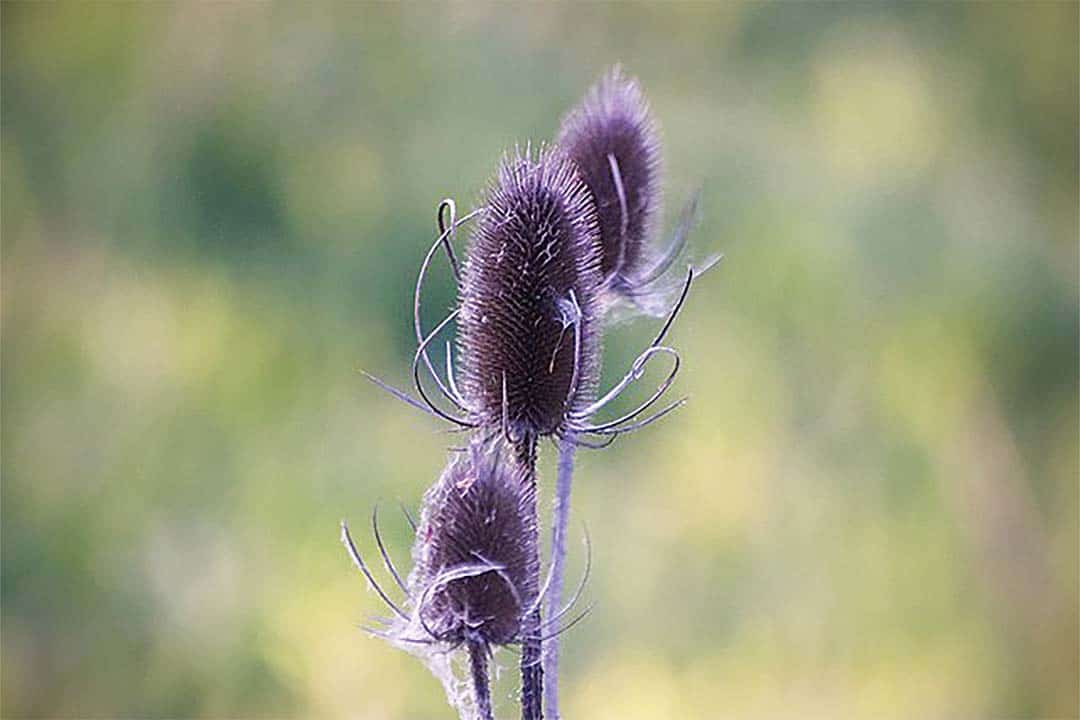Invasive species are considered the greatest threat to biodiversity after habitat loss caused by humans, and cause truly frightening consequences. Invasive species are species that cause harm and overpopulate areas to which they are not native, having a significant impact on the ecological health and biodiversity of that environment. Invasive species must possess the required trait — including fast growth, rapid reproduction, high dispersal, and strong phenotypic plasticity — to outcompete native species.
Some invasive species in Canada include wild teasel, zebra mussels, dog strangling vine, and reed canary grass. The consequences an invasive species causes are largely dependent on the habitat. They can become predators or parasites of native species, increase competition for limited resources, and introduce disease.
By competing with native species for resources, they can reduce biodiversity in natural environments, and even wipe out native inhabitants.
Invasive species are often accidentally introduced to new environments through human activities. Seeds, insects, and other transferable organisms can travel on packaged items being exported and imported, from the soil on the bottom of someone’s shoes to the propellers and engines of boats. The spread of invasive species has worsened as humans have continued to develop natural areas, and the speed and ease of these species’ travel have increased.
Though the situation may seem bleak, there are many simple ways you can join in the effort to help reduce the spread of invasive species. These include ensuring any plantation in your gardens is native, cleaning any equipment before moving it to a new environment — including boats and other water-related apparatus and machinery — not releasing pets into the wild, not moving plants or animals from one ecosystem to another, and volunteering with local initiatives, such as Toronto Field Naturalists, to help remove invasive species.


